11 Myths About Indoor Gardening You Should Stop Believing
Indoor gardening can seem overwhelming with all the advice available, but some of it is not as helpful as you might think. Many myths surround plant care that can make you feel uncertain about what to do. From watering to lighting, there are plenty of misconceptions to clear up. Understanding what plants really need is the first step to growing a thriving indoor garden. Let us take a closer look at some common myths and what you need to know instead.
This post may contain affiliate links, which helps keep this content free. Please read our disclosure for more info.
Plants Only Need Watering When the Soil is Dry
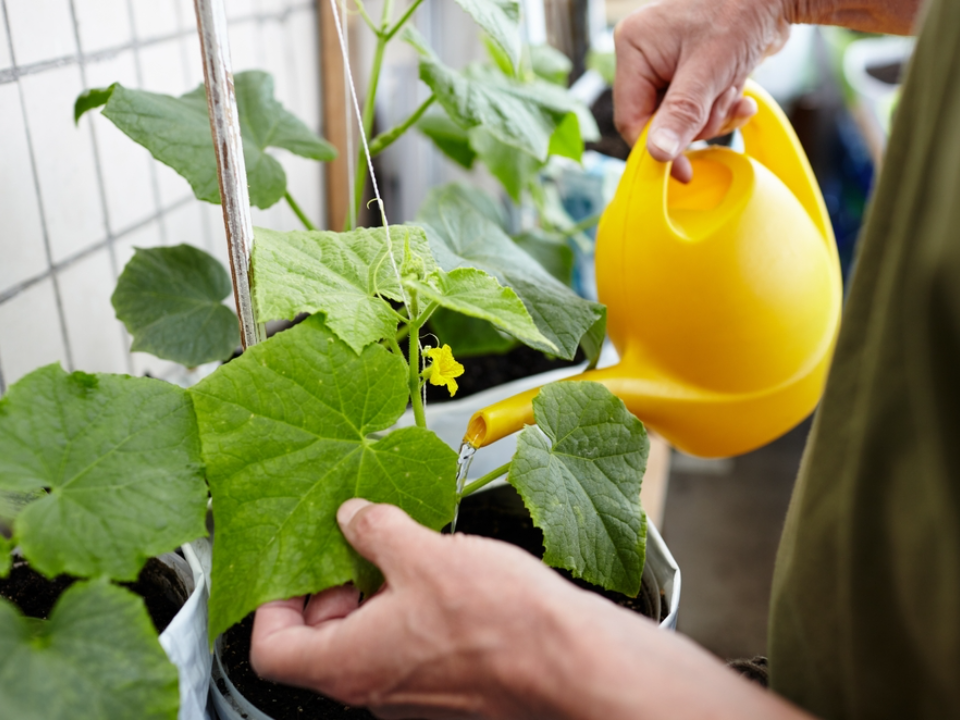
While it is important to check the soil before watering, waiting for the soil to become completely dry can harm the plant. Some plants prefer slightly moist soil, and letting the soil dry out completely can stress the plant. The key is to know the specific watering needs of your plants and adjust accordingly. A better approach is to feel the soil to check its moisture level before deciding whether to water or not.
Different plants have different water needs, and some can tolerate being a bit dry, while others need consistent moisture. Overwatering or underwatering can both be harmful. It is essential to get to know your plant’s preferences for water and make adjustments based on its species. This will help your plants stay healthy and vibrant.
All Indoor Plants Need Direct Sunlight
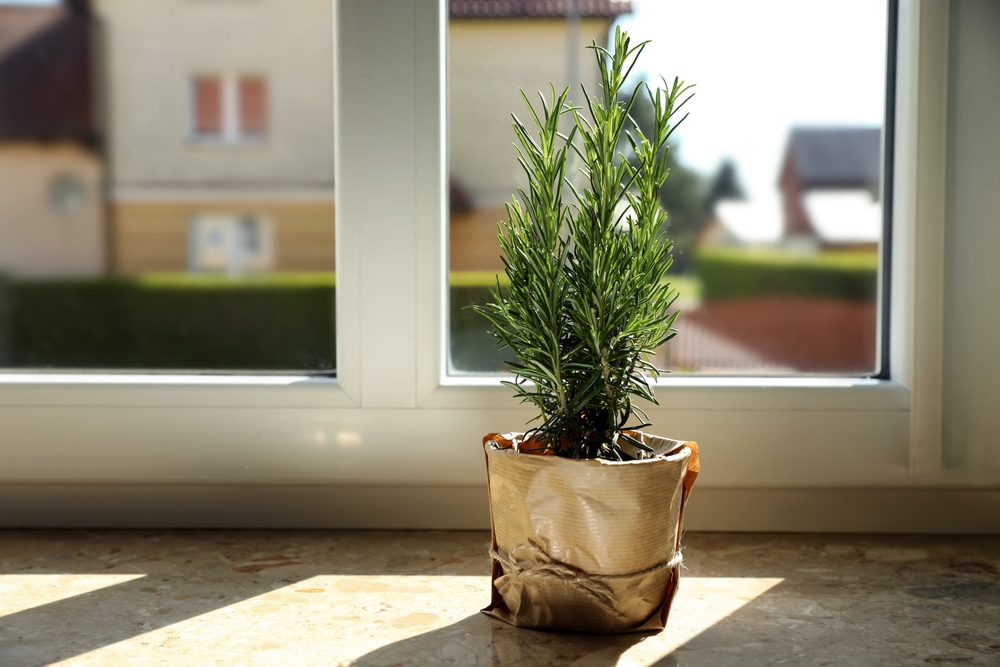
Not all indoor plants require direct sunlight to grow well. Many indoor plants thrive in low to medium light conditions, making them perfect for spaces without access to bright, direct sunlight. Some plants like ferns, pothos, and snake plants actually prefer indirect or filtered light. Placing plants in direct sunlight can sometimes cause them to burn or dry out.
It is important to understand that light intensity varies from one location to another. Even though some plants enjoy the sun, it does not mean they all do. Observing how much natural light your home gets will help you place your plants in the right spots. This way, your plants will get the light they need without suffering from too much exposure.
You Should Always Repot Plants Immediately After Buying Them
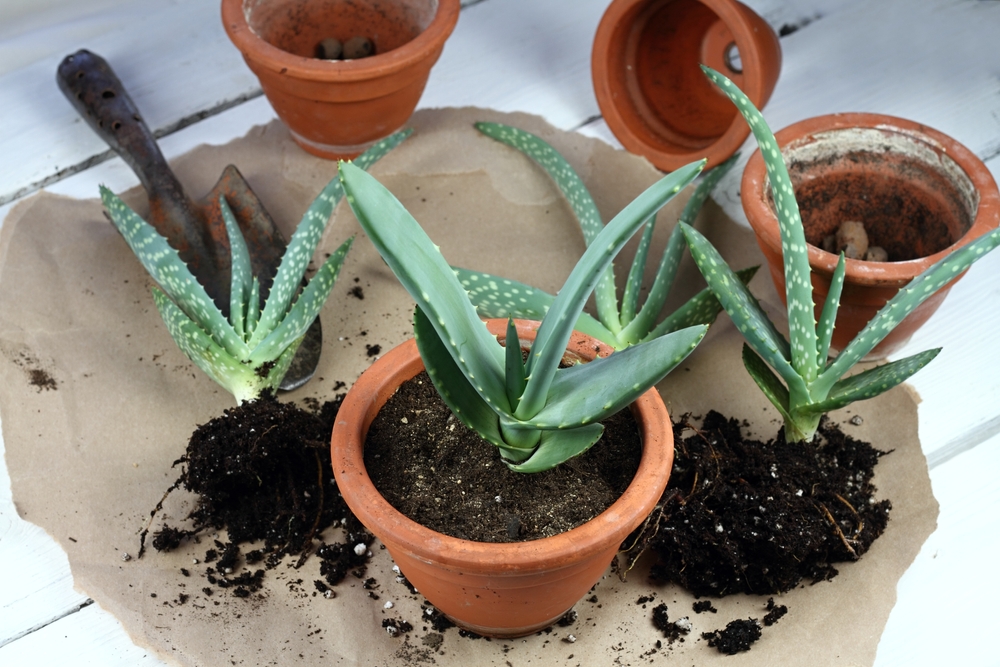
Many people believe that repotting plants right after purchasing them is necessary, but this is not always the case. When you buy a plant, it is best to wait a little while before repotting, especially if it is not root-bound. Moving a plant too soon can stress it out, especially if it is still adjusting to its new environment.
It is essential to give the plant time to settle into its new home before repotting it. The plant may be more vulnerable to shock if it is disturbed too soon. Check the roots only when necessary, and avoid repotting until the plant shows signs of needing a larger pot. Proper timing is key to a successful repotting experience.
Indoor Plants Are Low Maintenance
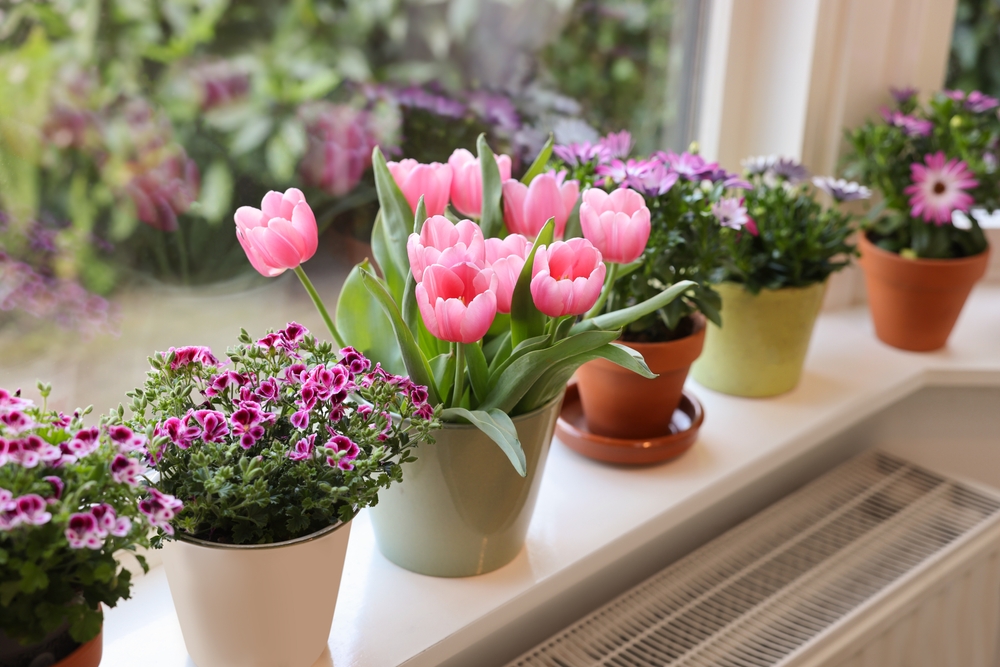
Indoor plants may require less attention than outdoor plants, but they still need care to thrive. The idea that they are entirely low maintenance can lead to neglect, as indoor plants need proper watering, light, and occasional feeding. Different plants have different needs, and it is important to learn what each specific plant requires to stay healthy.
Some plants need more attention than others, and they may need frequent pruning, repotting, or adjusting to changing light conditions. It is essential to stay attentive to their needs, even if they are growing indoors. Regular care will ensure that your plants thrive and remain a beautiful part of your home for years to come.
You Should Water Plants Frequently
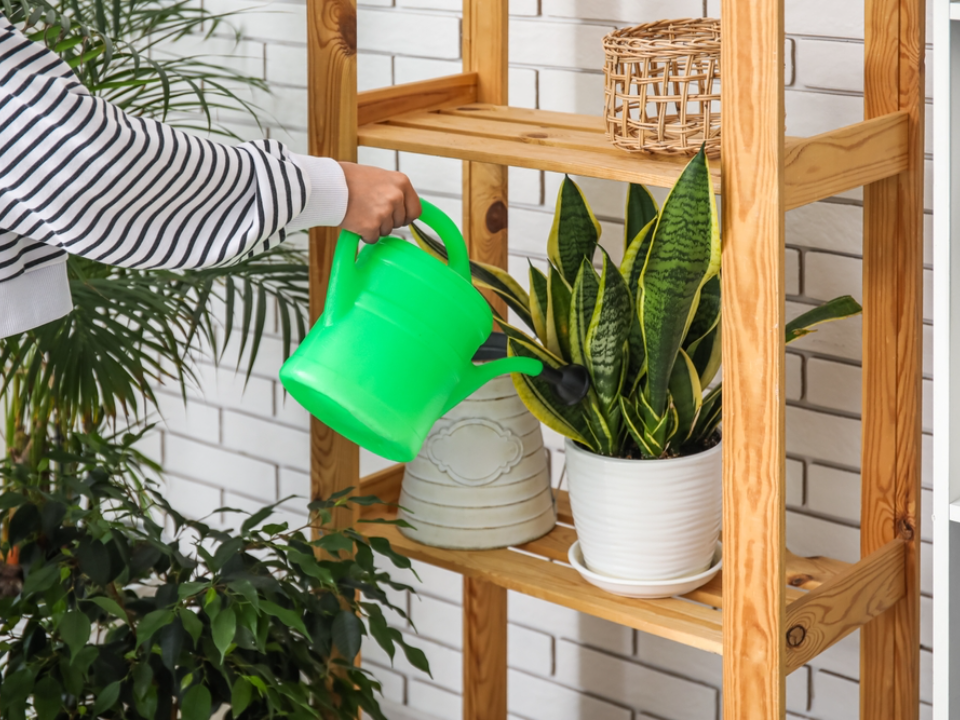
Watering plants too frequently can cause more harm than good. Overwatering is one of the most common mistakes in indoor gardening and can lead to root rot. It is crucial to allow the soil to dry out between waterings, as plants need a balance of both water and air to thrive. The key is to know the specific needs of your plants and water them accordingly.
Each plant has its own watering needs, and these can vary depending on the season, size, and environment. Some plants prefer their soil to be consistently moist, while others prefer it to dry out completely. Monitoring the moisture level and adjusting watering schedules based on the plant’s needs ensures they stay healthy.
Bigger Pots Are Always Better for Plants
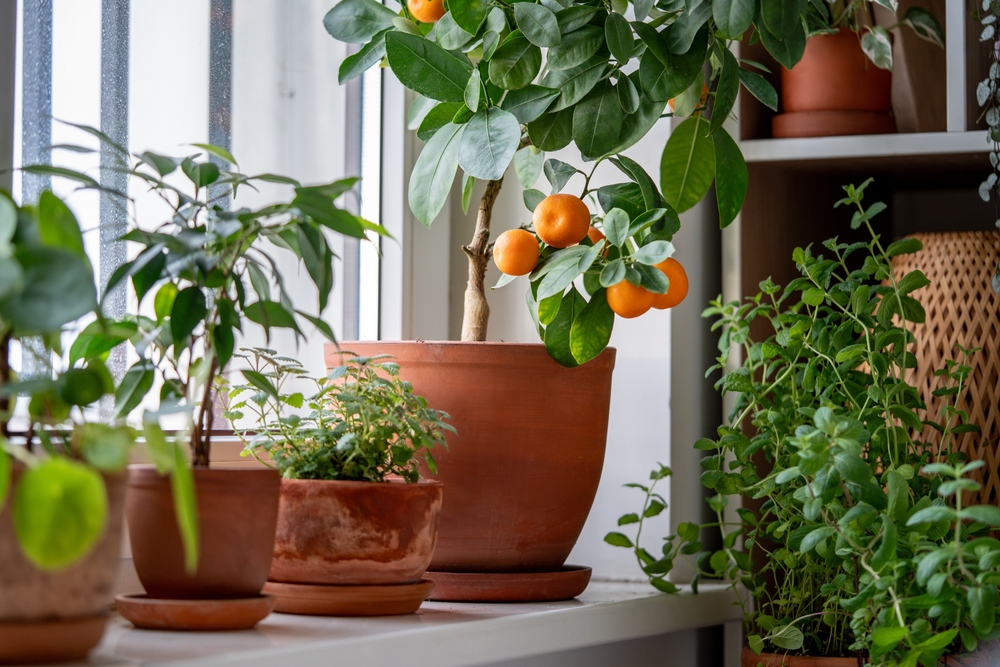
Choosing a larger pot for your plant may seem like a good idea, but it can cause more harm than good. When plants are placed in pots that are too large, the soil can retain excess moisture, which may lead to root rot. It is best to choose a pot that is just one size bigger than the current one to allow the plant’s roots to grow without excess space.
The roots need to establish themselves before taking advantage of a larger space. A pot that is too large can delay the plant’s growth because the roots will focus on filling the extra space rather than growing. Choosing the right size pot helps maintain a balance between proper growth and soil moisture.
Indoor Plants Do Not Need Humidity
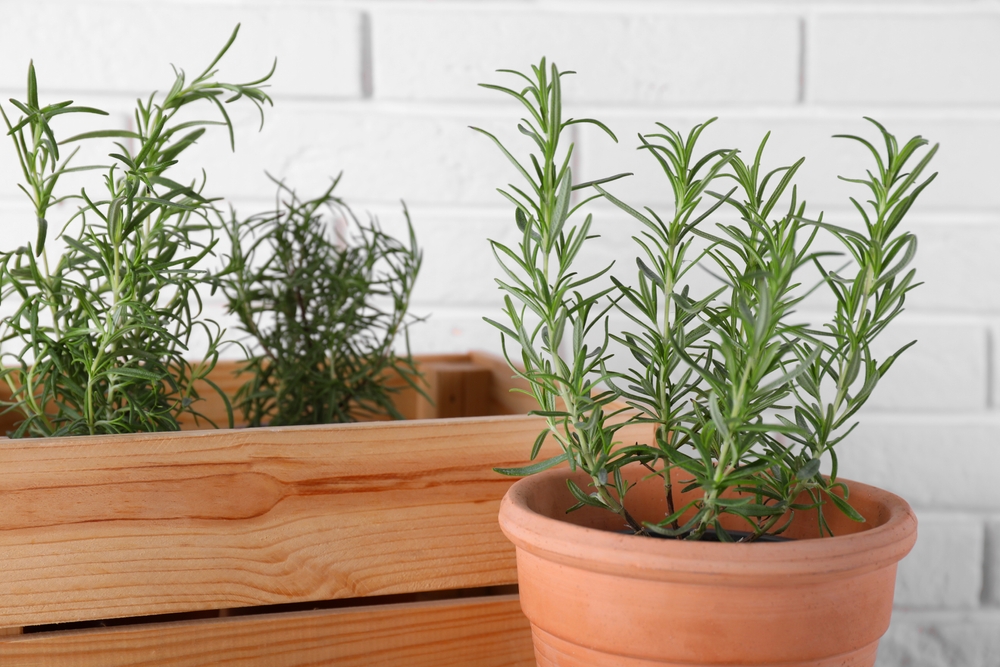
Indoor plants can struggle in dry environments, especially during the colder months when indoor air tends to become dry. Many indoor plants thrive in humid conditions, and lack of humidity can cause browning edges and stunted growth. It is essential to increase humidity in dry environments by misting plants, using a humidifier, or placing plants on trays of pebbles filled with water.
Certain tropical plants, in particular, thrive in higher humidity levels and can show signs of distress when the air is too dry. Regularly monitoring your plant’s humidity needs ensures they stay healthy. Humidity is an important factor that should not be ignored if you want your indoor plants to thrive in dry conditions.
You Should Water Plants with Cold Water
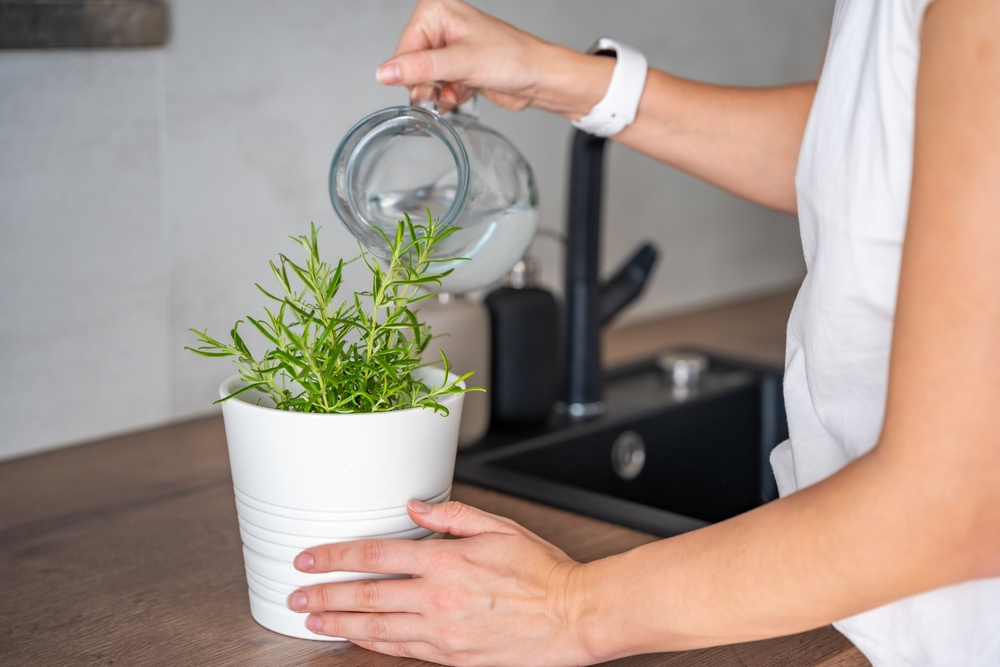
Watering your plants with cold water can shock the roots and potentially harm the plant. It is always best to water plants with water that is at room temperature, as this is gentler on the roots. Cold water can cause the roots to become stressed, which may lead to poor growth or damage to the plant.
Warming water slightly before use helps prevent the shock to the roots and ensures better absorption. Plants are more likely to thrive when the water temperature matches their environment. For optimal growth, always use lukewarm water and avoid letting the water sit in the sun for too long before watering.
Indoor Plants Cannot Be Pruned
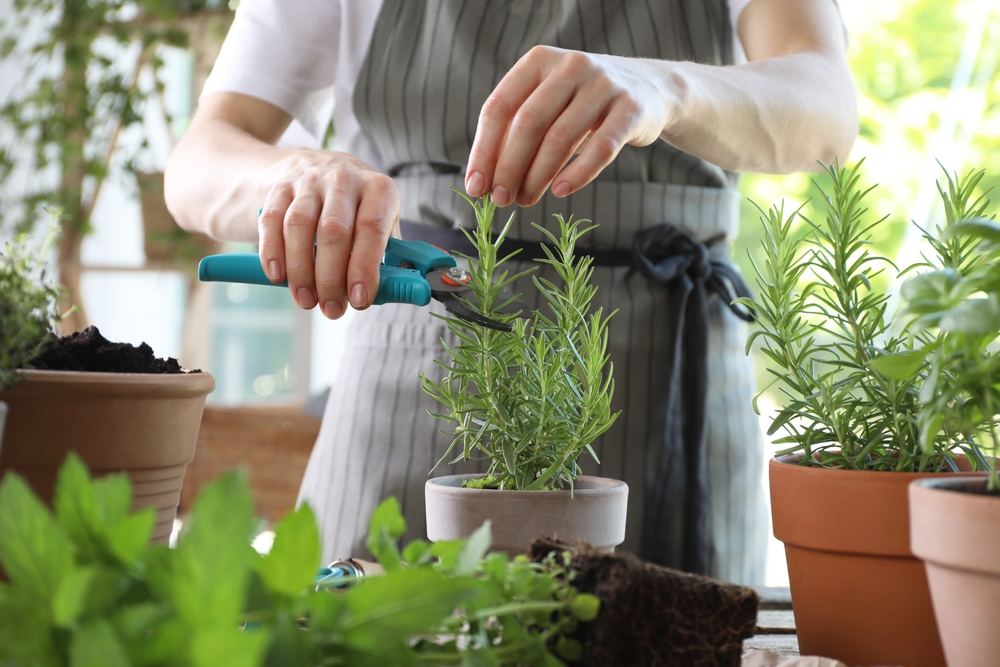
Pruning indoor plants is a necessary part of maintaining their health and appearance. Many people believe that indoor plants should never be pruned, but removing dead or overgrown branches promotes new growth and keeps the plant tidy. Regularly trimming leaves and stems encourages healthier, fuller plants.
Pruning can also help control the size of the plant and remove any diseased or damaged parts. This process is vital for keeping your plants looking vibrant and preventing overgrowth. With proper pruning, your indoor plants will have a longer lifespan and continue to thrive in your home.
Indoor Plants Are Toxic to Pets
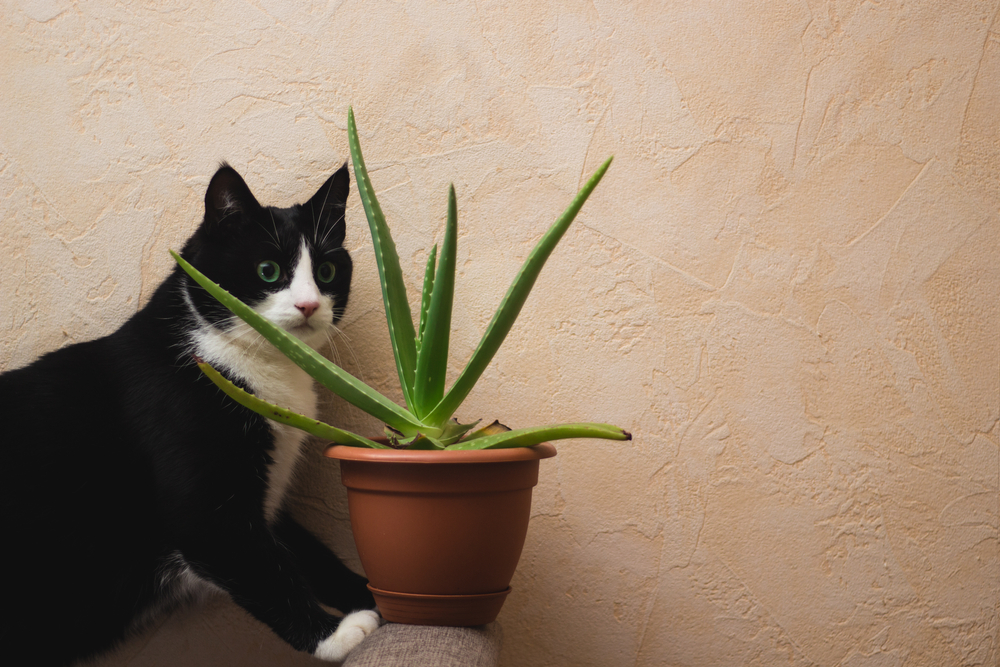
Not all indoor plants are toxic to pets, and many non-toxic plants make great additions to homes with animals. While it is true that some plants can be harmful if ingested, there are many safe options like spider plants, Boston ferns, and parlor palms. Researching the plants you are considering adding to your home will help ensure the safety of your pets.
If you have pets, it is essential to know which plants are safe and which are not. Using non-toxic plants can allow you to enjoy your indoor garden without worrying about your pets. Always check for safety before introducing a new plant to your home if you have animals, ensuring their well-being.
You Should Always Repot Plants in the Largest Pot Possible
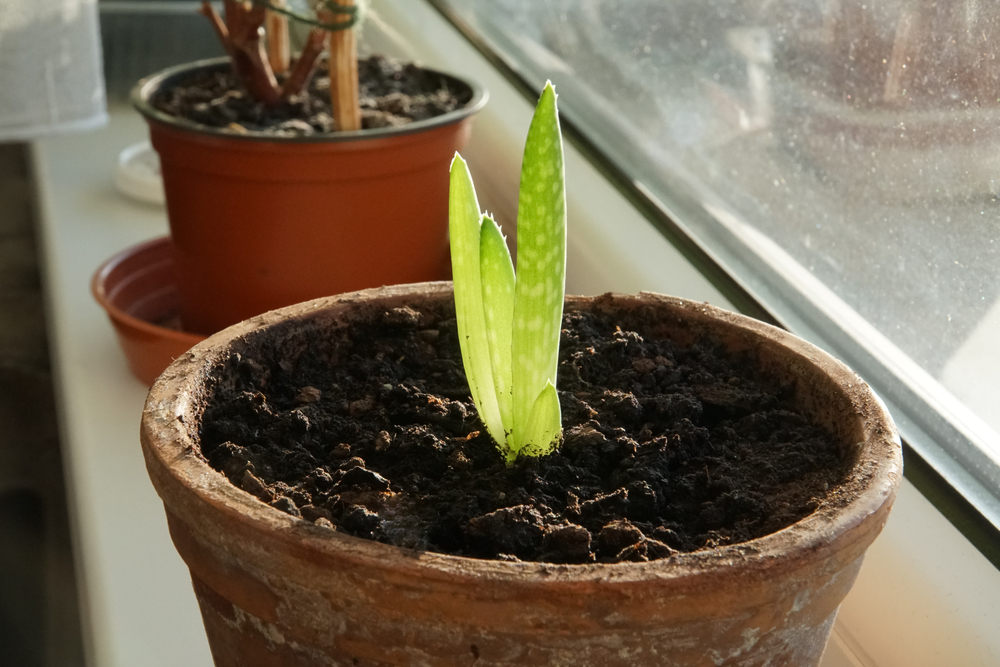
Repotting your plant into a pot that is too large can lead to excessive moisture retention in the soil, which can harm the plant. Choosing a pot that is just slightly larger than the current one allows the plant to grow without excess space. Overly large pots can cause the plant’s roots to sit in too much water, leading to root rot.
When repotting, it is important to focus on the size of the plant and its root system, ensuring that the new pot allows enough space for the roots to grow. Larger pots also take longer to dry out, making it easier to overwater the plant. The key to successful repotting is choosing the right size pot that suits the plant’s needs.
Clearing up these gardening myths allows you to make informed decisions when caring for your plants. Proper care and attention will ensure that your indoor garden remains lush and vibrant for years to come.
This article originally appeared on Avocadu.
